TL;DR
Most lawns need 3–4 inches mowing height, 1 inch of water per week, and at least 4–6 hours of sun—if you can’t provide that, choose low‑maintenance landscaping alternatives. For small yards and tight budgets, blend hardscaping design with drought‑tolerant plants and native plantings you’ll actually maintain. Use ReimagineHome.ai to test layouts, drainage solutions, and curb appeal changes from a single photo: https://www.reimaginehome.ai/?utm_source=blog.
Why Outdoor Design and Curb Appeal Matter Right Now
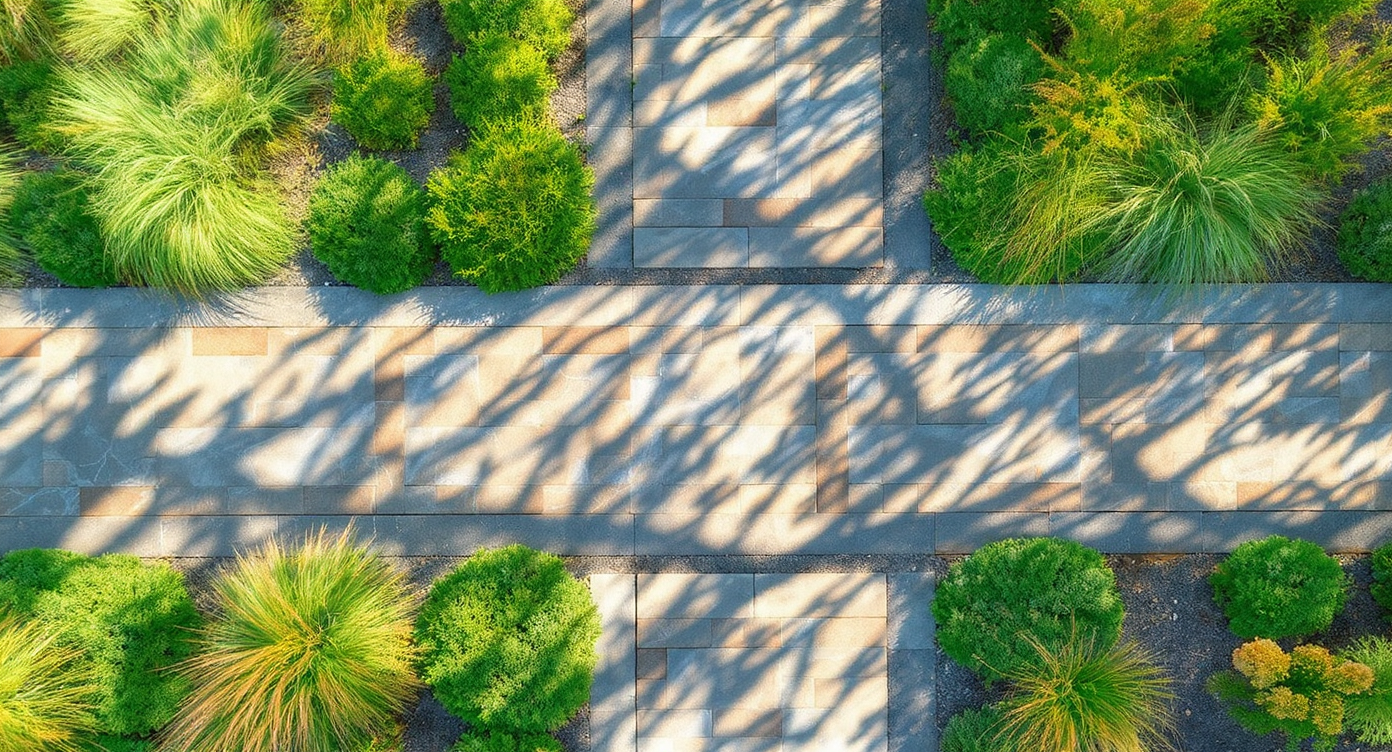
Well-sized garden paths and layered planting clarify circulation and enhance small yards visually.
Primary garden paths typically range from 36–48 inches wide for comfortable use. Thoughtful landscaping and hardscaping increase curb appeal, reduce maintenance, and make small backyards feel bigger by clarifying circulation and planting layers. The fastest wins come from right‑sizing walkways, adding lighting, and swapping thirsty lawns for climate‑appropriate plantings that actually thrive.
Why Landscaping, Gardening & Hardscaping Are Changing
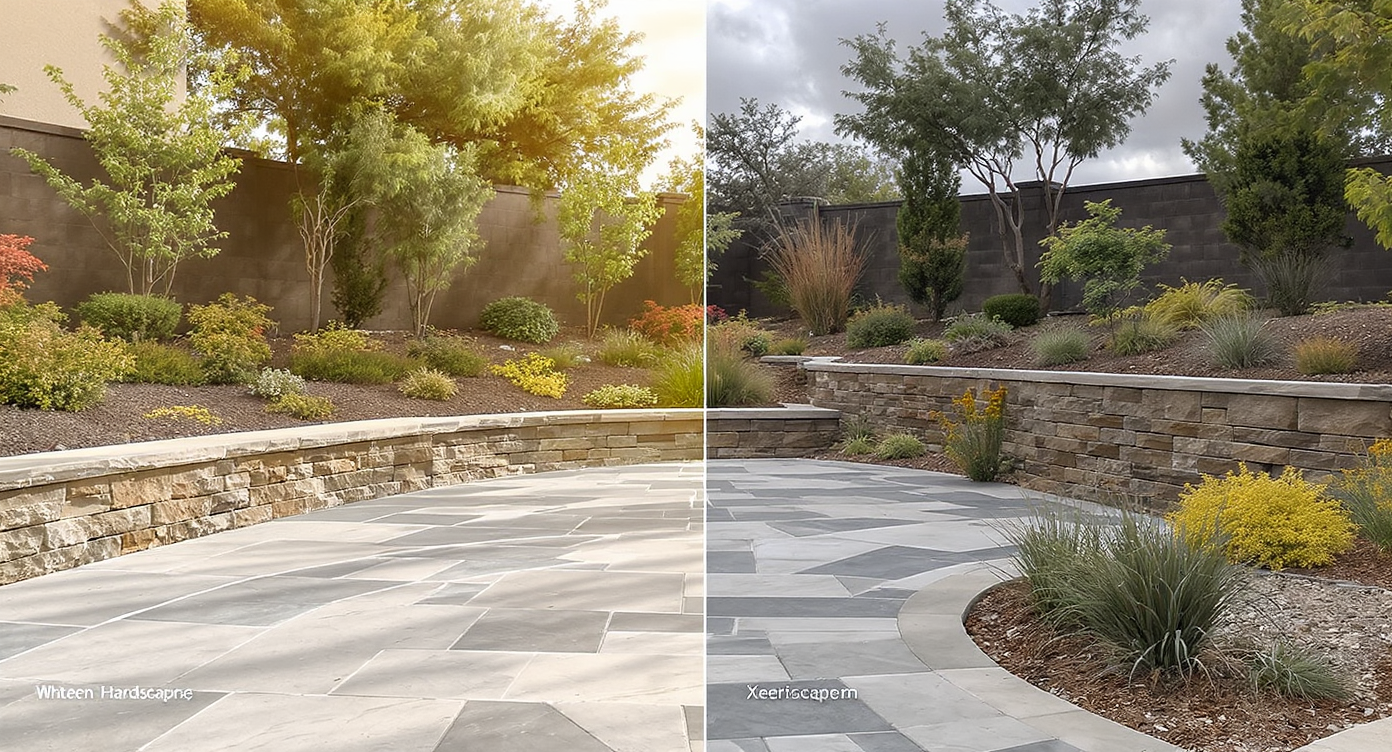
Hardscape features dominate budgets as climate shifts demand smarter, resilient yard designs.
Hardscape elements often account for 50–70% of a low‑maintenance yard budget. As weather swings harder, water restrictions tighten, and many of us live and work at home, outdoor spaces have to perform year‑round—handling heat, downpours, kids, pets, and Zoom breaks without becoming high‑cost chores. The new rule: fewer, better materials, plant where conditions support success, and design drainage before you design anything else.
Anecdote
A homeowner insisted on Kentucky bluegrass beneath a mature maple. After two summers of thin turf, they previewed a gravel court with shade‑tolerant beds in ReimagineHome.ai, then built it. The maple stayed; weekend mowing didn’t.
Key Landscaping & Hardscaping Trends (and How ReimagineHome.ai Shows Them)
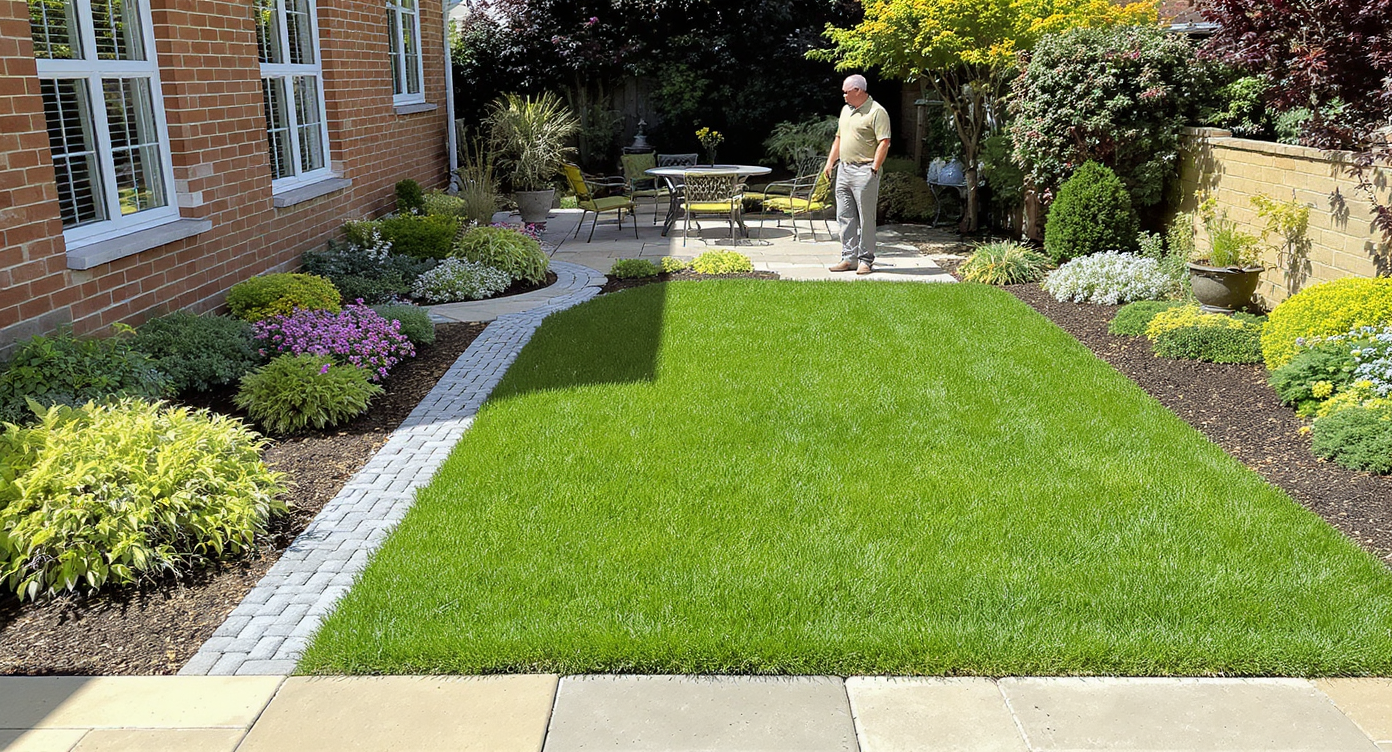
Proper patio grading is key; a small slope saves pavers and improves yard function.
Experts recommend a 1–2% slope for patios for proper drainage. That single grading move saves pavers from heaving, keeps joints clean, and prevents puddles that lead to stains and slippery algae. Modern landscape design leans on simple geometry and resilient materials, then softens the edges with layered planting. - Layered planting and year‑round structure - Stone, gravel, and stepping‑stone paths - Outdoor rooms, seating pockets, fire pits - Drought‑tolerant and native planting layouts - Modern curb appeal changes that boost value ReimagineHome.ai lets you preview patio sizes, path alignments, stair counts, and even night lighting on your actual home photo. You can toggle materials (concrete, large‑format pavers, decomposed granite), test lawn alternatives, and see planting massing for privacy or views—before you order a single pallet.
How to Use ReimagineHome.ai to Visualize Yards, Paths & Patios

Visualize proper shrub spacing and paths using ReimagineHome.ai for better airflow and upkeep.
For airflow and maintenance, shrubs should be planted 18–24 inches from foundations. That offset prevents mildew, allows service access, and keeps mulch from creeping onto siding. Use these steps to explore a small backyard design, a front yard refresh, or a full hardscaping redesign with minimal risk: 1. Upload a clear exterior or yard photo. 2. Pick a style or function (low‑maintenance, modern, family‑friendly, pollinator‑friendly, etc.). 3. Test path shapes, patio sizes (aim 80–100 square feet per seating zone), step risers (5–7 inches), and terraces (3–5% lawn slope). 4. Experiment with planting layers, lighting, and focal points; try lawn‑to‑meadow swaps or gravel courtyards where sun is limited. 5. Generate multiple versions, compare side‑by‑side, and export a shortlist before final drawings or bids. Tip: Use ReimagineHome.ai to visualize 3–4 plant palettes that match your irrigation reality: native meadow, Mediterranean drought‑tolerant, shade‑garden under trees, or rain‑garden for downspout capture.
Real-World Stories — Landscaping & Hardscaping in Action
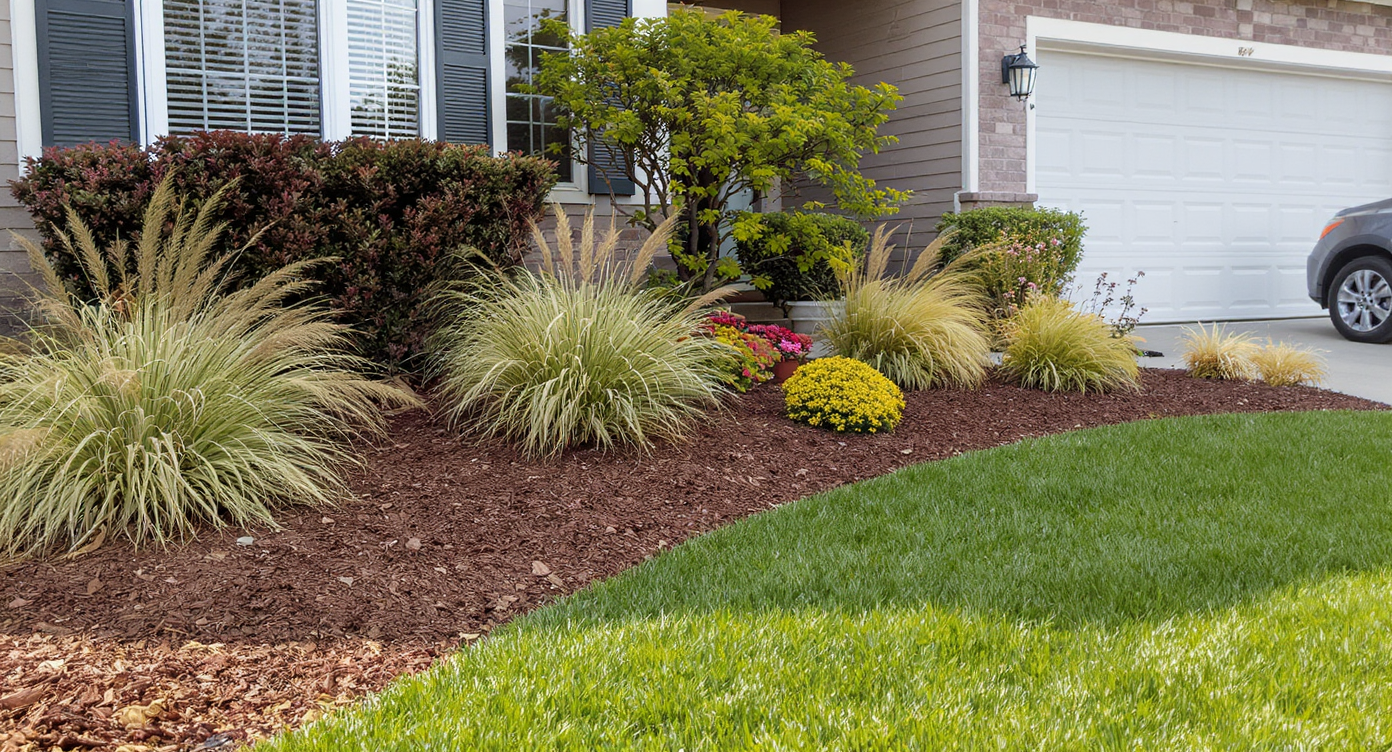
Thoughtful yard updates with clean edges boost home value and everyday enjoyment.
Thoughtful front yard updates can significantly increase perceived home value. A clean edge, a legible path, and consistent lighting can make a listing feel newer before buyers step inside. Three quick stories show how landscaping ideas translate into results: - A small urban yard redesigned with raised beds and stepping stones for usable space. We replaced a patchy lawn under a big maple with steel‑edged gravel, 24-inch stepping stones, and waist‑high edible beds along sun pockets. Outcome: year‑round access, no weekend mowing, and herbs that actually thrive in 4 hours of sun. - A seller improving curb appeal ahead of listing. We widened the front walk to 42 inches, added two path lights per 10 feet, and swapped annuals for evergreen structure plus seasonal color. Outcome: stronger photos, safer night arrival, and a measurable bump in showings. - A family yard transformed for play, privacy, and low upkeep. A compact 12x14 paver patio with a 17–19 inch seat wall traded muddied lawn edges for durable living space; layered natives screened neighbors. Outcome: irrigation cut by a third and fewer weeds because beds were mass‑planted, not peppered with singles.
Visualization Scenario
Upload a twilight photo of your front yard, test a 42-inch wide path, add four bollards at 10-foot spacing, and swap your mixed shrubs for a two‑layer evergreen backbone with seasonal perennials. Save the top two versions and compare night lighting before calling an electrician.
FAQ
- How do I design a small backyard layout? A 36–48 inch primary path, a 12x12–12x16 patio for four, and planting layered high‑to‑low at boundaries make tight yards feel larger. Use gravel or large pavers to reduce maintenance and keep drainage moving. - How do I create low-maintenance landscaping? Limit materials to two hardscape finishes and one mulch; plant in masses of 3–5; choose natives or drought‑tolerant plants; set irrigation to deliver 1 inch/week; maintain 2–3 inches of mulch—no fabric under organic mulch. - Can I preview landscaping ideas using a photo? Yes—upload a photo to ReimagineHome.ai to visualize patios, paths, privacy plantings, and lighting in seconds, then compare multiple versions. - How far should shrubs be from my foundation? Keep 18–24 inches from walls and 6–8 feet from utility meters or AC units; tree trunks should be 15–25 feet away depending on species. - What materials work best for modern hardscaping? Concrete, large‑format pavers, natural stone, and compacted gravel. Rule‑of‑thumb: 4–6 inches of compacted base under pavers or stone in freeze‑thaw climates; maintain a 1–2% slope away from structures.
Visualize Your Home’s Next Chapter
Mornings on a dry, sun‑warmed step; evenings with soft path lights pooling on stone; an easy arrival where the front walk invites, not confuses. The right landscaping and hardscaping unlock quiet and play in the same footprint. Before you break ground, explore every possibility. Try ReimagineHome.ai with a single photo.
.svg)

.svg)

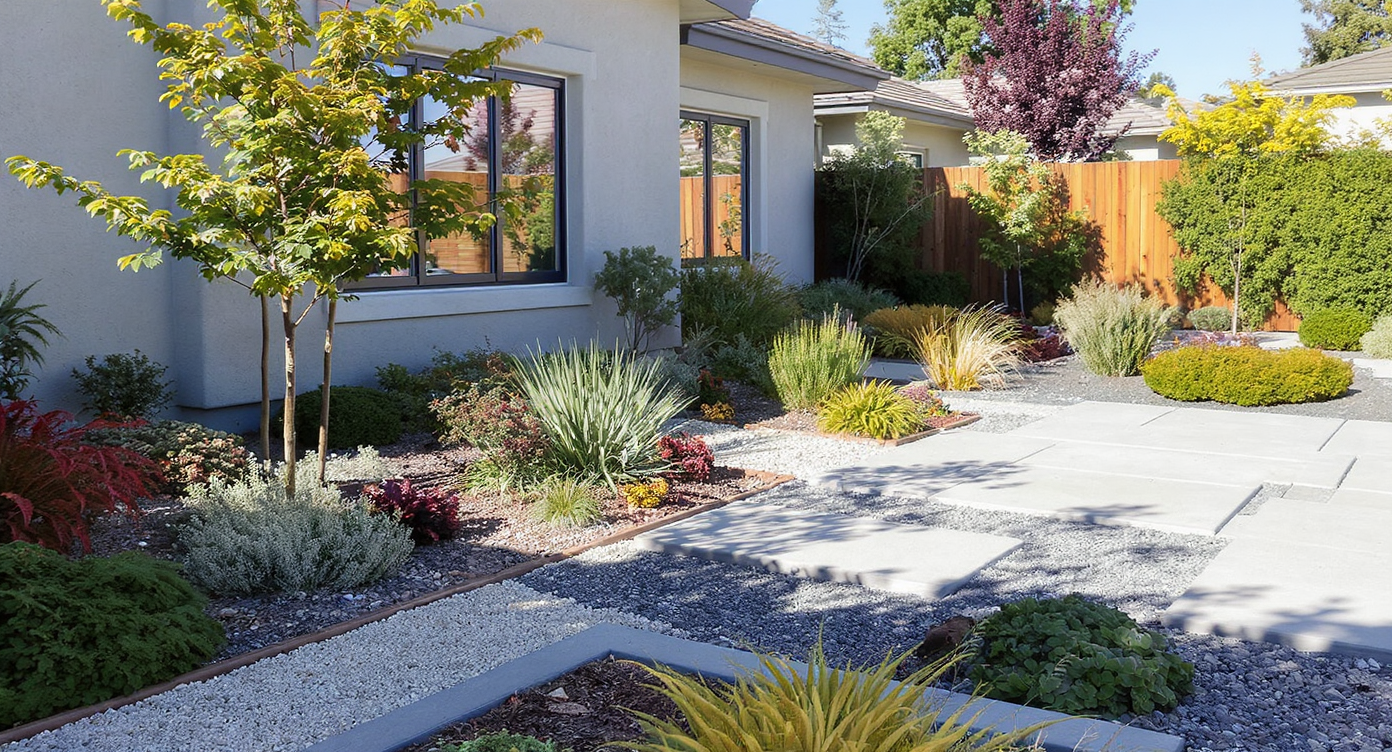
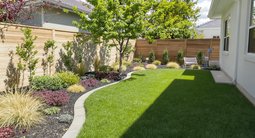
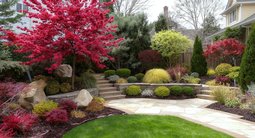







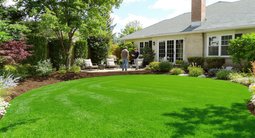


.png)